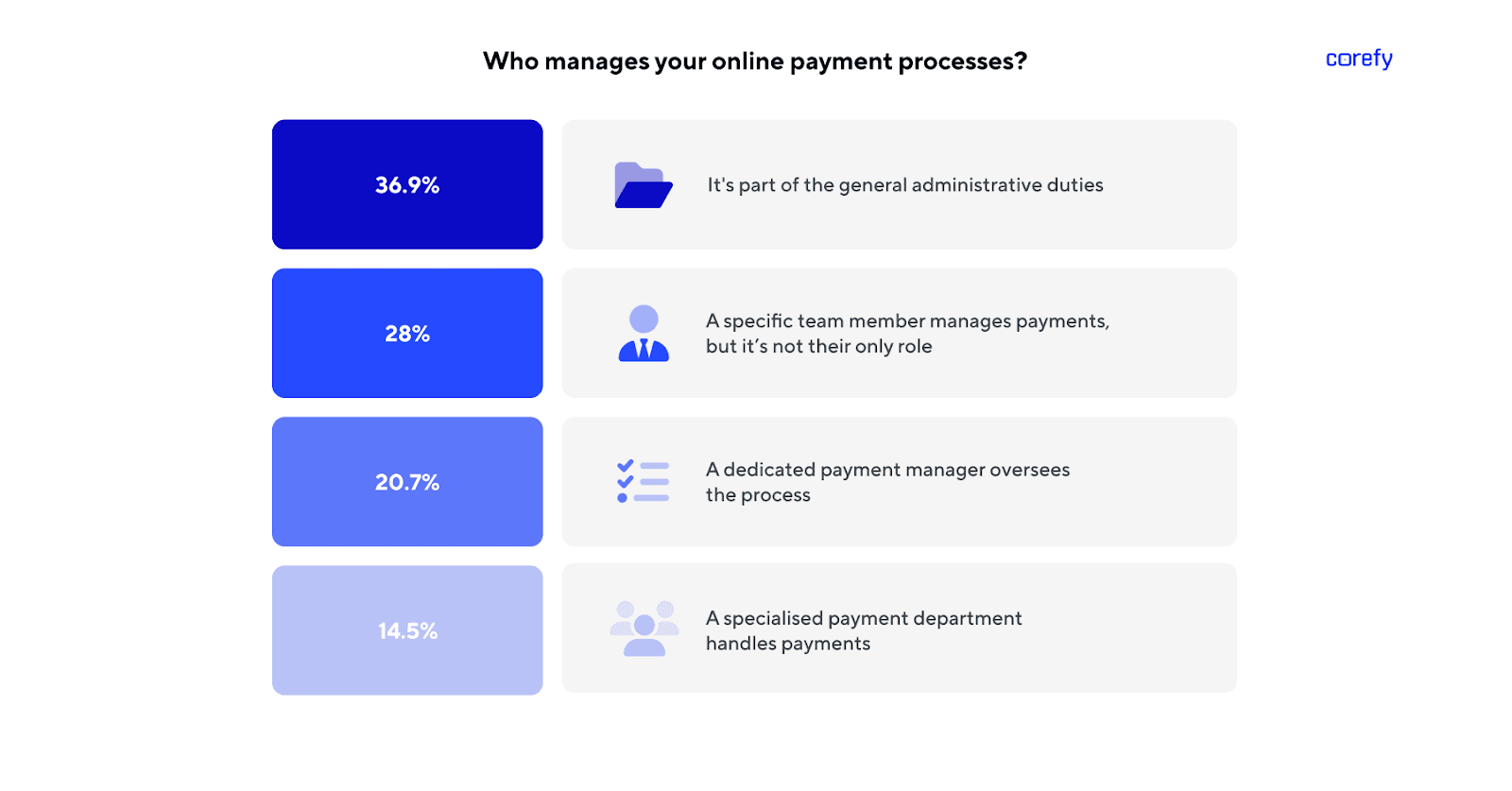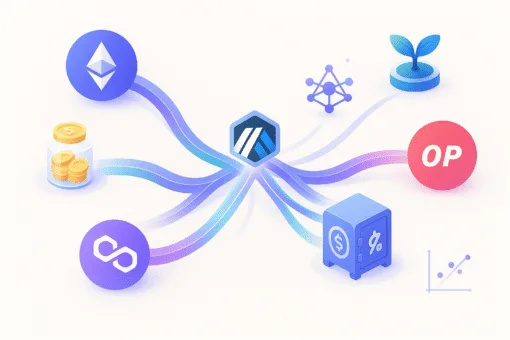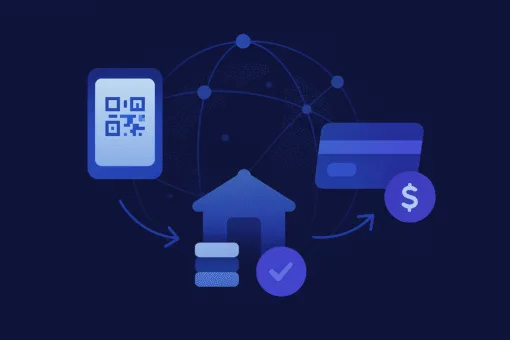By Denys Kyrychenko, Co-founder & CEO at Corefy
Businesses’ payment infrastructure directly correlates with competitive resilience. New data from a global study of 793 merchants – The state of payment maturity 2024 report, published by Corefy – reveals critical insights on the current state of businesses’ payment maturity, offering a broad look at where they stand and where the industry is headed.

Let’s unpack the numbers shaping 2024’s payment world, and what they mean for your bottom line.
The Latest Trends in Payment Setups
The report highlights several key trends driving change in payment strategies:
- 59.1% of businesses are still dealing with fragmented payment systems, struggling with disconnected providers and manual processes that slow them down. However, automation is becoming the norm – 25.1% have successfully consolidated their payments into a unified system, benefiting from better efficiency and compliance.
- Multi-provider strategies are gaining traction. While 41.3% of businesses still work with just one provider, those processing high volumes are diversifying, with 24.6% using 5+ providers for better redundancy and coverage.
- Speed of payment provider or method integration is a competitive advantage. 30.7% of global businesses claim they can integrate new payment providers almost instantly, while 46.2% of local businesses struggle with slow and complex integration.
- Scalability is a big challenge. The majority (60.1%) of businesses process fewer than 5,000 transactions per month, while only 21.3% handle over 100,000, highlighting the steep climb toward high-volume payment operations.
- Payment process management is evolving. 36.9% of businesses still manage payments as a side task within general administration, leading to inefficiencies. As transaction volumes grow, more businesses are investing in dedicated payment teams and advanced process automation to ensure smooth operations and compliance.

How to Level Up the Payment Maturity of Your Business
Payment innovation demands a complete rethinking of infrastructure, provider partnerships, and payment expertise. To future-proof payment operations, businesses should adopt the following strategies:
- Eliminate fragmented systems. Transition to unified payment orchestration platforms will help to reduce overhead and unlock data-driven decisioning.
- Prioritise provider agility. Diversify providers while streamlining integration processes to enhance global reach and manage payment processing risks.
- Adopt smart payment routing. To get the most out of your multi-provider setup, you need to route transactions between them, prioritising cost, speed, and success likelihood. Also, enable dynamic cascading, rerouting failed transactions to alternative providers.
- Invest in payment expertise. Establish dedicated teams to oversee your payment processes or partner with fintechs offering embedded expertise for fraud management, compliance, and dispute resolution.
Leaders in 2024 treated payment infrastructure as a living ecosystem, not a static project. Organisations that unify systems, build flexibility, and invest in expertise transform payments from a cost center into a revenue accelerator. Armed with data, businesses can make a sensible assessment of where they stand on the payment maturity scale, identify weaknesses, and take action to grow.















